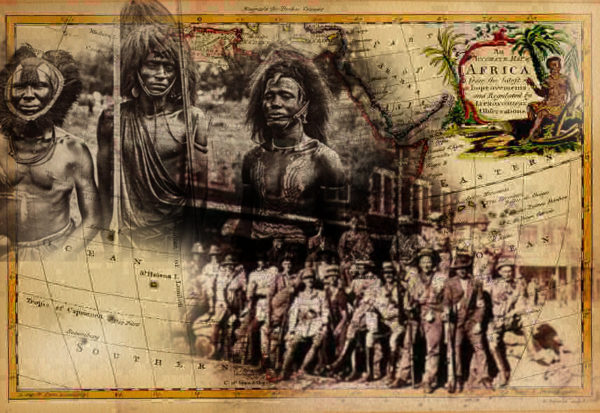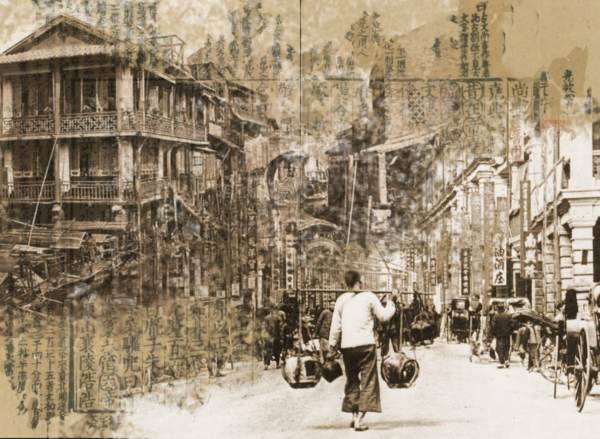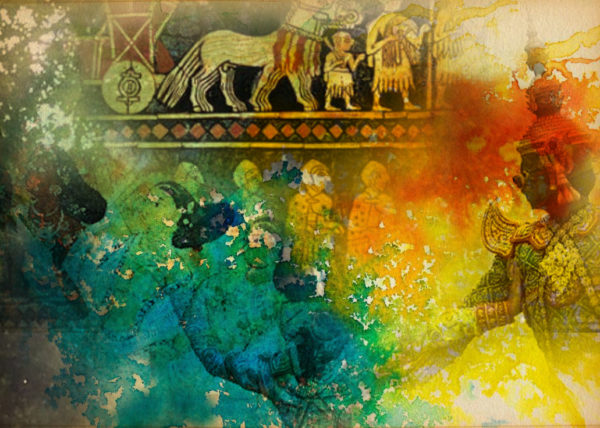
Africa is a continent steeped in tradition. It has a population of over 3,000 tribes, all of which are varied in terms of culture and language. Although times have changed, the tribal influences and beliefs still play a dominant part in this continent.
For the Ibo of Nigeria and Ghana, they treat placenta as the dead twin of the live child and give it full burial rites. In many African cultures, “zan boku” means “the place where the placenta is buried” and usually, they bury the placenta under a tree.
The Kikuyu of Kenya places the placenta in a field which is not uncultivated and then, cover it with grains and grasses. But for some other cultures, the tribes bury it in the dirt floor of the family’s house.
Each tribe has its own way to treat placenta. Some swaddle the placenta in blankets and bury it beneath a tree as a tree is believed to symbolise ongoing life.
In Mali, it is thought that the placenta can affect the baby’s mood or even make the baby ill. The placenta is washed, dried, placed in a basket and buried by the father.
Whatever it is, Africa has so many tribes and it is not surprising, placenta is revered and treated as an important part of their culture.


Recent Comments